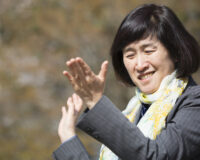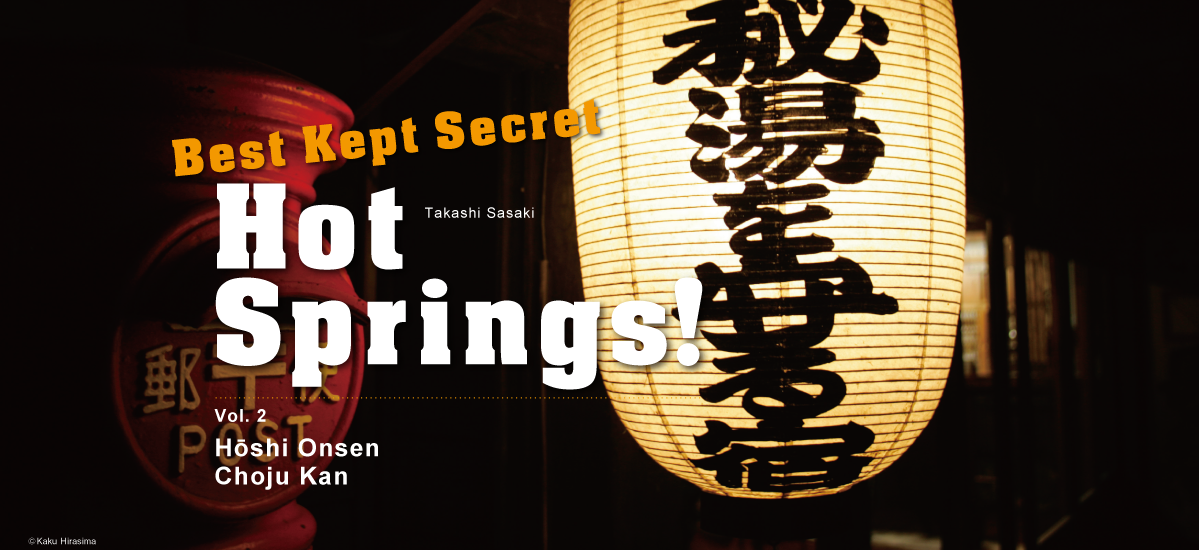
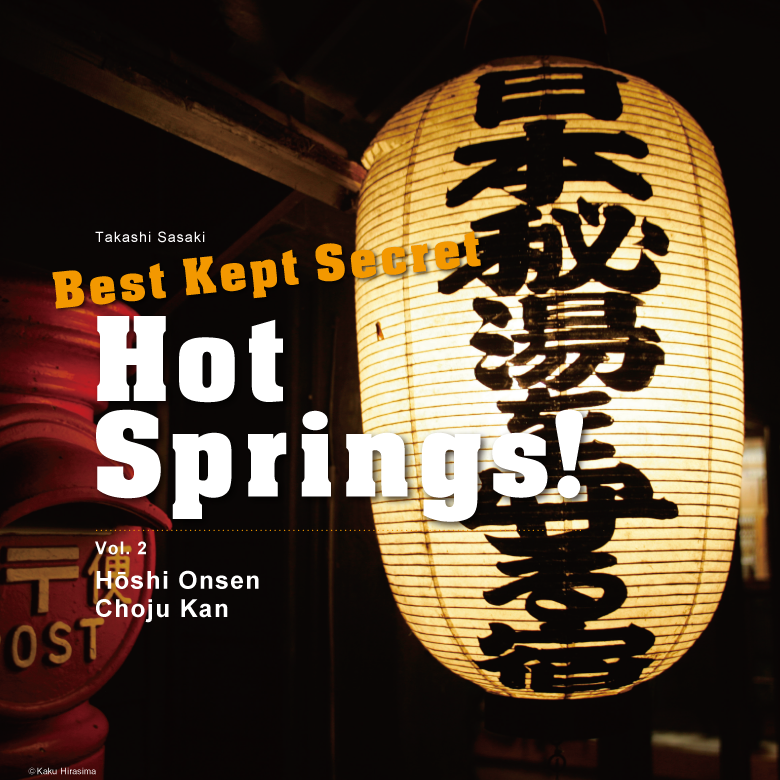
Lanterns hanging beneath the eaves of some of Japan’s more tucked-away hot spring inns proclaim that these establishments belong to the Japan Association of Secluded Hot Spring Inns. Beginning with thirty-three inns in 1975, the association now has a membership of 185 inns. Many of these used to be off the grid, literally; the type of place with no electricity that you might finally reach at the end of a long hike in the mountains. Times have changed though, and there are those who lament that many of these ‘hard-to-reach’ hot springs have become too luxurious! In this series we introduce off-the-beaten-track hot springs that can be enjoyed by people of all ages – onsen inns where the cloudy waters are nature’s very own hospitality.
Text : Sasaki Takashi / Photo : 平島 格 Kaku Hirashima / English Version : Judy Evans
Keyword : Gunma Prefecture / Hot Springs / Hōshi Onsen
Hōshi Onsen Chōjukan Inn
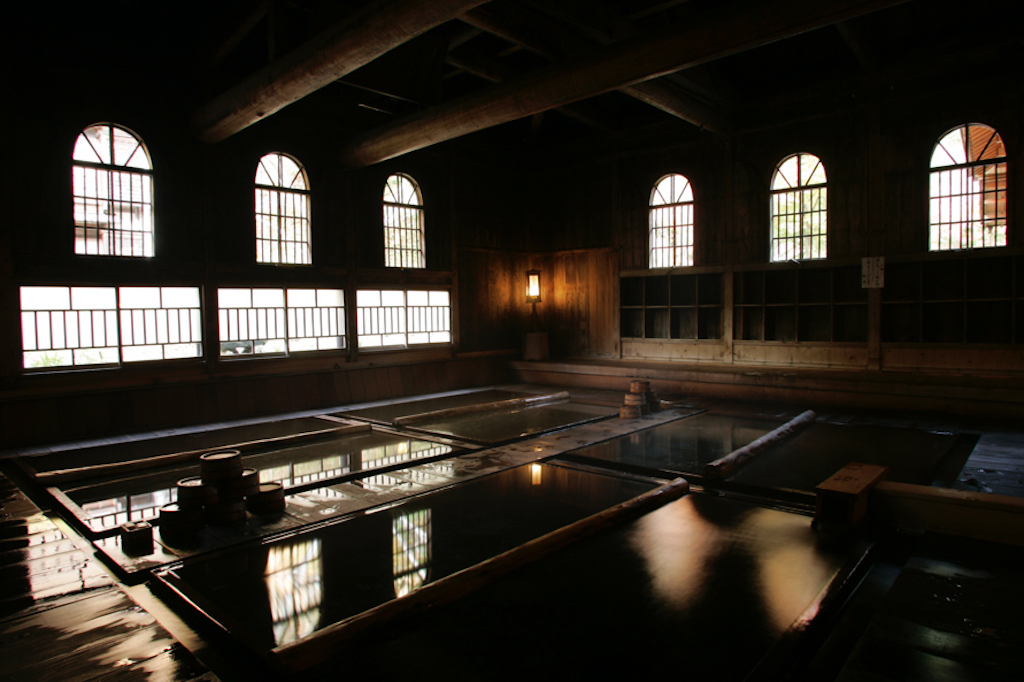
A solitary inn on the Old Mikuni Kaidō road
The venerable Hōshi Onsen hot-springs inn sits all by itself at the top of the Old Mikuni Kaidō (Route 261), on the southern side of the Mikuni Tōge mountain pass that links Gunma and Niigata Prefectures.
The main building, constructed in 1875, has the appearance of an Edo Period roadside inn. The onsen was a favourite retreat for writers and artists of the Meiji Period (1868 – 1912) and later, including the controversial free-thinking poet, Akiko Yosano. The rooms she and others stayed in are still maintained as they were in olden times. The almost 150 year-old timber building is a national registered tangible cultural property. Hōshi Onsen shot to fame in the early 1980s when it appeared in posters and television commercials for the former Japanese National Railways featuring the hugely popular film stars, Mieko Takamine and Ken Uehara. Built in 1895, the Hōshi-no-yu bath house, with its arched European-style windows, was the height of chic for its time.
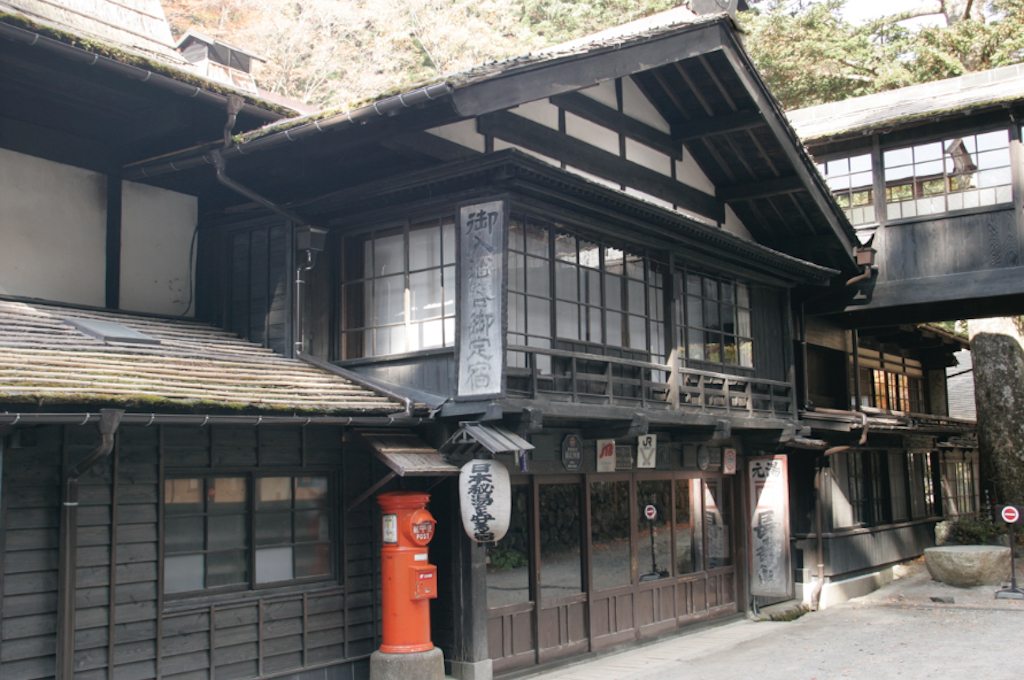
Natural mineral springs of outstanding quality
The Hōshi-no-yu bath house sits directly over the spot where the hot springs well up naturally from the riverbed. Mineral water of outstanding quality bubbles up at around 43℃ from between the pebbles covering the base of the baths, making the most of the pristine natural hot springs. There are separate changing rooms for men and women, but the bathing itself is mixed for most of the day, with two hours set aside just for female bathers every evening. The bath house, with its baths set out in a grid pattern, allows bathers to soak up the atmosphere of a hot-spring resort from a bygone era.
There are two other bath houses in addition to the original Hōshi-no-yu bath house, where those who are not keen on mixed bathing can still enjoy the benefits of the therapeutic mineral springs. The Tamaki-no-yu bath house, with indoor bathing and outdoor rotenburo bathing, is available to male and female bathers at separate times of the day, while the Chōju-no-yu bath house is just for female bathers.
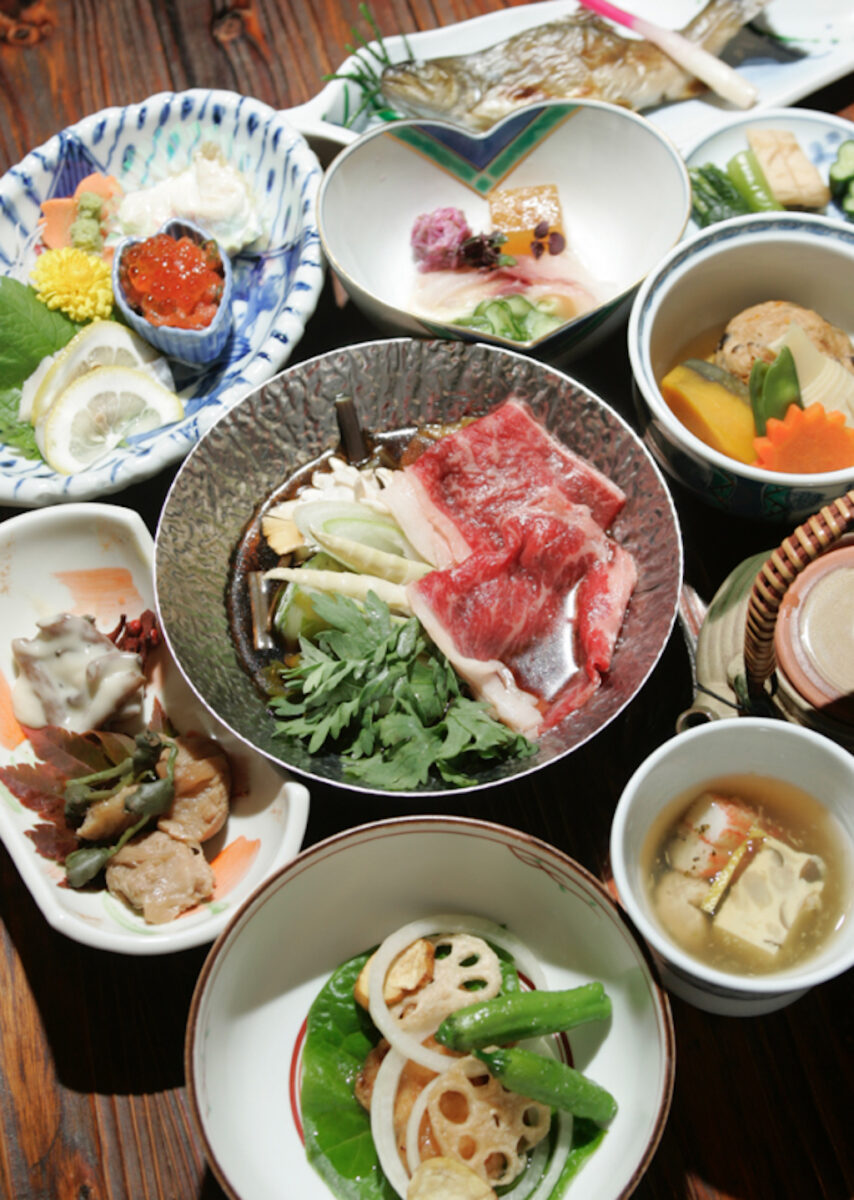
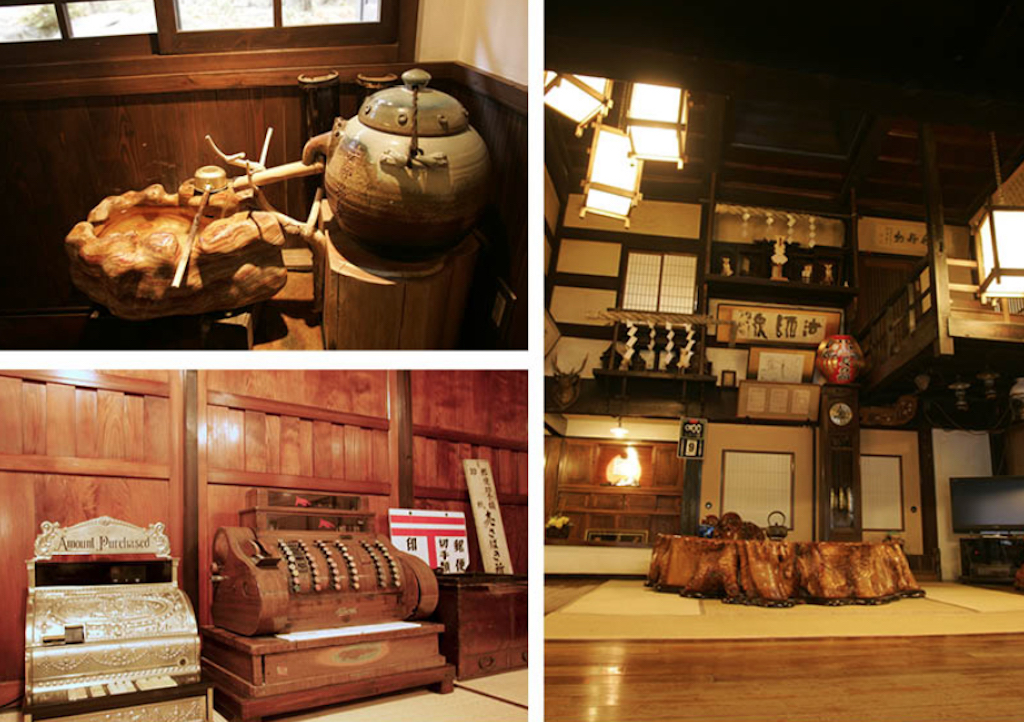
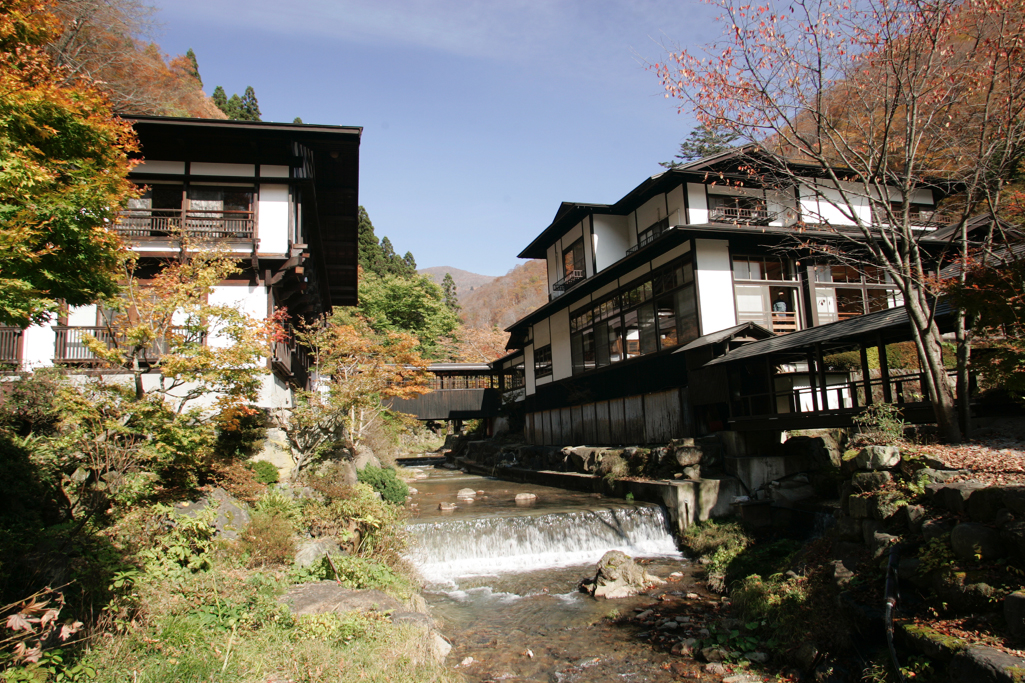
Hōshi Onsen Chōjukan Inn
Gunma Prefecture, Tone District, Minakami, Nagai, 650
el. 0278-66-0005
http://www.houshi-onsen.jp/
Access:
About one hour by bus from Jōmō-Kōgen Station on the Jōetsu Shinkansen bullet train line. By car, about 23 km/45 minutes from the Tsukiyono Interchange on the Kan-Etsu Expressway.




